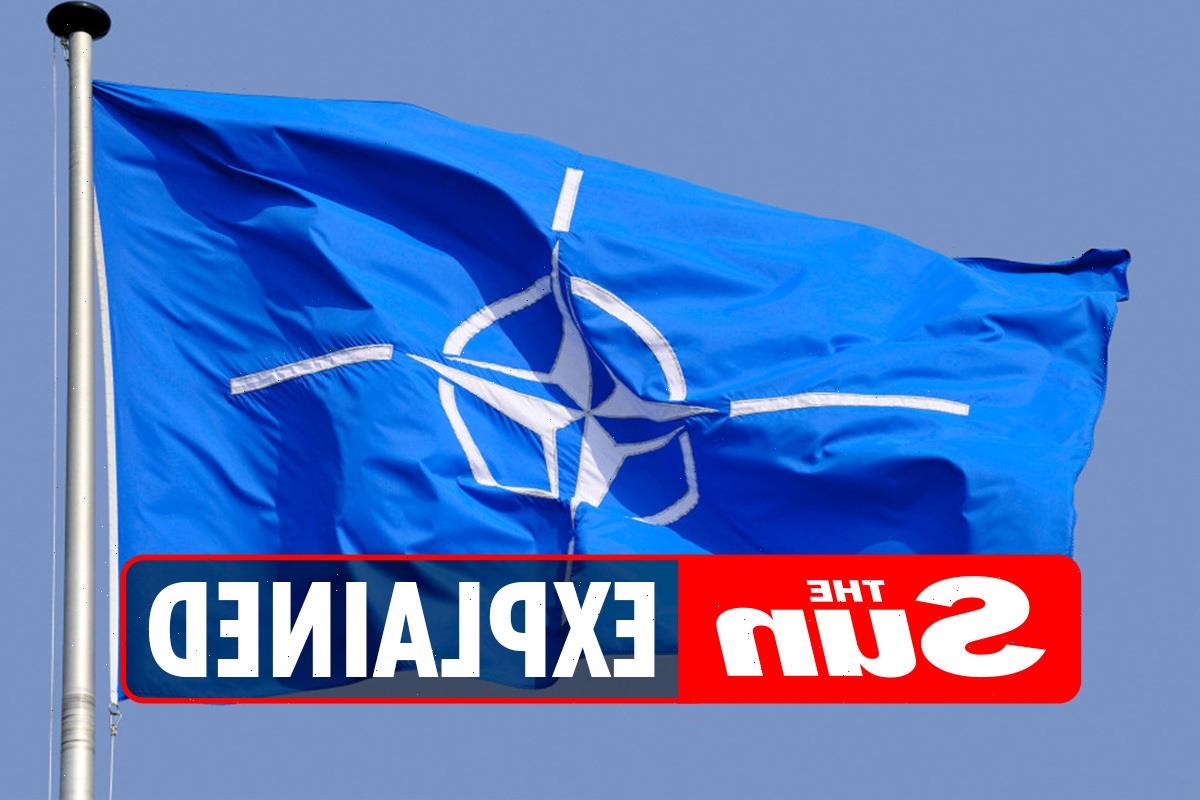NATO is a multi-country defence allegiance and its existence is central to much of the world's geopolitical relations right now.
Here's all you need to know about the North Atlantic Treaty Organisation…
What is Nato? What does Nato stand for?
Nato, or the North Atlantic Treaty Organisation, is an intergovernmental military alliance established in 1949.
Nato was founded after World War II, mainly to block Soviet expansion into Europe.
It was formed with the signing of the North Atlantic Treaty in 1949 by 12 member states
Since then it has expanded to 29 member states.
The organisation is considered to be the largest and most powerful military alliance in history.
It is committed to individual liberty, democracy, human rights and the rule of law with all decisions taken by consensus.
The permanent headquarters of Nato is in Brussels where the Secretary-General chairs senior decision-making bodies.
The current Secretary-General is former Prime Minister of Norway Jens Stoltenberg.
Summit meetings are not regular, heads of government and state meet at key moments in the Alliance’s evolution.
Summits are used, for example, to introduce new policy, invite new members into the Alliance, launch major initiatives and reinforce partnerships.
Which countries are members of Nato?
In 1949, there were 12 founding members of the Alliance. These were: Belgium, Canada, Denmark, France, Iceland, Italy, Luxembourg, the Netherlands, Norway, Portugal, the United Kingdom and the United States.
Other member countries who have joined since include: Greece and Turkey (1952), Germany (1955), Spain (1982), the Czech Republic, Hungary and Poland (1999), Bulgaria, Estonia, Latvia, Lithuania, Romania, Slovakia, Slovenia (2004), and Albania and Croatia (2009).
What is the purpose of NATO?
Nato aims to safeguard the freedom and security of its members through political and military means.
It was established primarily to keep Europe safe by deterring any attack.
In 1949 this involved stopping Soviet expansion, preventing a revival of nationalistic militarism in Europe and encouraging European political integration.
But with the collapse of the Soviet Union in 1991 and the demise of the Warsaw Pact, Nato was left with no obvious purpose.
Over time the organisation has changed and in recent years it has become increasingly focused on peacekeeping.
Nato is best known for Article 5 of the North Atlantic Treaty – in which members pledge to come to the aid of any member state under attack.
What is Article 5?
Article 5 states that if a Nato ally is the victim of an attack, every other member of the alliance will consider this act of violence as an attack against all members and will take the actions it deems necessary to assist the ally attacked.
When has Article 5 been invoked?
Article 5 has only been invoked once, following the September 11 attacks in America.
Less than 24 hours after the 9/11 attacks, and for the first time ever in Nato's history, the allies invoked the principle of Article 5.
There were consultations among the allies and collective action was decided by the Council. The US could also carry out independent actions, consistent with its rights and obligations under the United Nations Charter.
On 4 October, once it had been confirmed the attacks came from overseas, Nato agreed to support the US through eight measures.
On the request of the US, it launched its first ever anti-terror operation – Eagle Assist – from mid-October 2001 to mid-May 2002. This consisted of seven Nato AWACS radar aircraft which helped patrol the skies over America.
How is Nato funded?
Each country pays a certain amount into the Nato budget based on an agreed formula.
Nato requires member states all spend two per cent of their country's wealth on defence.
Source: Read Full Article







